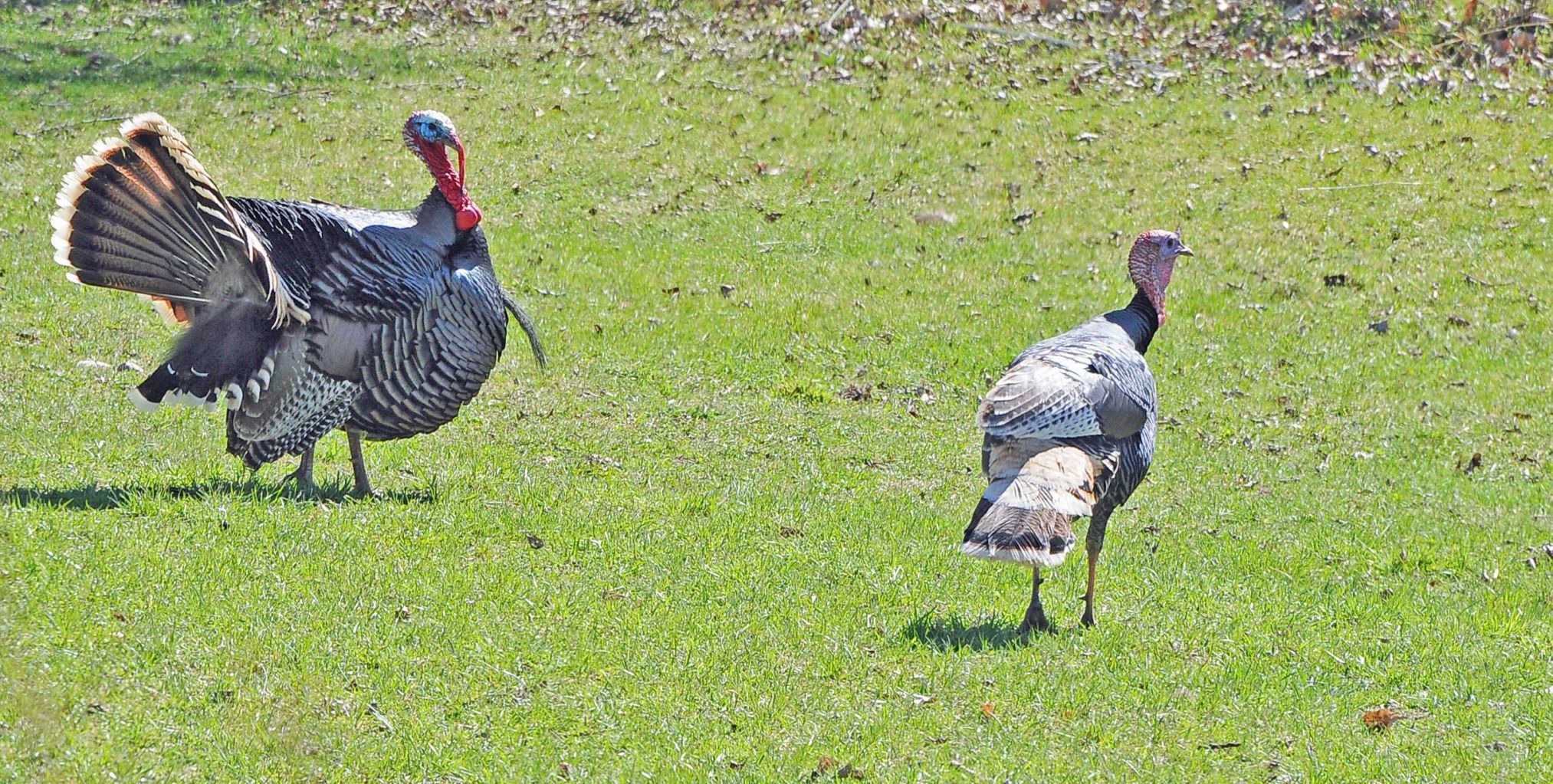
Together and you didn't find them again, you'd better start looking for another flock to On the other hand, if you simply scared them and they all ran or flew off If they scattered in all directions or if theyįanned out and you re-scattered them, they should return and be responsive to yourĬalling. If not, you will be wasting valuable timeĬalling and waiting for their return. They separated are questions that need to be answered. Time of day, the number of turkeys, their age and sex and how well Many will have landed in trees and you should flush them again.Įvaluation of a flush will help you determine what calling and hunting tactics to employ.

If the flock does not splitĪdequately, follow them immediately and go quickly to the place where they landed. Round or two in the air to get the turkeys flying. They have detected you, run at them as hard as you can. As soon as you are close enough, or the birds start to run or fly because Going to try to flush the flock you need to be as close as possible-within 50 yards. Them in a position where they will pass by. Try to get as close as possible to the flock or get ahead of Once you have located turkeys, stay out of sight as you make Even if birds do not respond you may hear them scratching in the Continue stalking through the woods, stopping near feeding areas to call. Turkeys by fly down time, the task of separating a flock properly is more difficult. The roosted birds start to fly, flush them in the previously Time, or if the day is dark or overcast and you suspect the flock is still on roost, stalk If you get a response and it is before fly down Keep moving through the woods, stopping in likely Listen for only a few soft tree yelps, clucks, a yelp or two or maybe a Making tree yelps, clucks, kee-kees, kee-kee-runs or yelps with your caller. Try being in another likely roost area at least 30 minutes before sunriseįor turkeys to start calling on their own or try to get a roosted bird to sound off by You will not know what to do the next morning. To roost a flock of turkeys, you will return home often without the foggiest idea of where You will getĬloser and scatter turkeys best if they are approached from above or on their level. They will run rather than flay and you won't be able to catch up. If a flock is on the ground and you try to run uphill at them, If you approach from below, they will flush, but not scatter as When flushing turkeys thatĪre on roost or on the ground, try to approach them from above or on the same contour. If they generally fly off together,įanning out onto the next ridge, move quickly to that spot and re-flush the birds to Shot or two into the air to flush the birds. After more birds start flying,īegin yelling and making as much noise as possible. The first bird flush, start running toward them. When leaves still remain on the trees, the birds may not flush easily.Ĭome to flush the flock, do it quickly and quietly. In early fall when young birds haven't had many encounters with humans, and After it is darker, your chances for a proper separation are You want them to go in many different directions. Will see and hear you coming and fly away together in the same general direction. If you try to flush a flock too early, the birds Sundown before trying to flush the flock, 30 minutes in late fall when the leaves are off Heard birds fly up or they answered your calls, the next steps are every bit as importantĪs locating the flock. Not roosted any birds and it is past fly up time, you may get an answer from a roostedīird by making a few clucks or kee-kees with your turkey call. As the flock starts to settle down you may hear a few birds cluck softly to each other. Smaller wing flapping sounds willīe heard as some birds fly to higher limbs or they are chased to another limb by another These sounds are distinctive, but mustīe heard a few times before they become familiar. You can more quickly along a ridgeįlying up you will hear the flapping of wings and noise from small branches breaking as The top of the major ridge system in the area. You should move quickly to another roost area to listen.

Turkeys fly up within a few minutes of sundown, chances are good that you are not close toĪ flock. Hunter can use these facts to great advantage. On aĬloudy, stormy, dark day they will go to roost earlier. On a clear, calm day turkeys will start flying up to roost around sundown. If neither can beĭone, flocks can be flushed during the day, but getting them properly separated is oftenĮxpected roosting area at least one hour before sundown. The second-best method isįinding a flock in early morning before they have flown down. To being successful on almost all fall turkey hunting outings is to roost a flock the


 0 kommentar(er)
0 kommentar(er)
